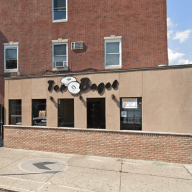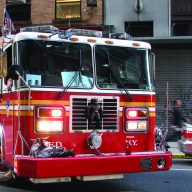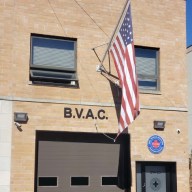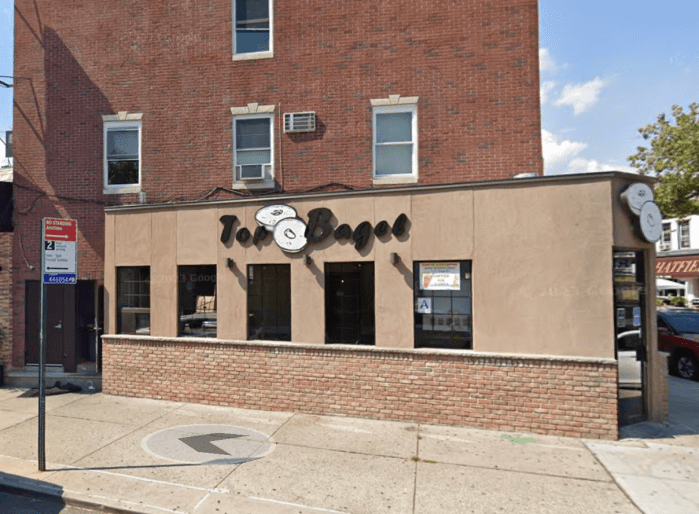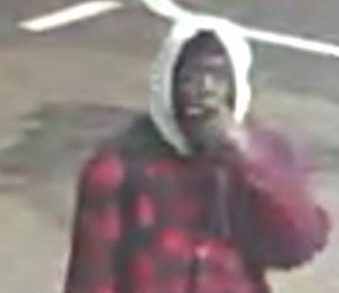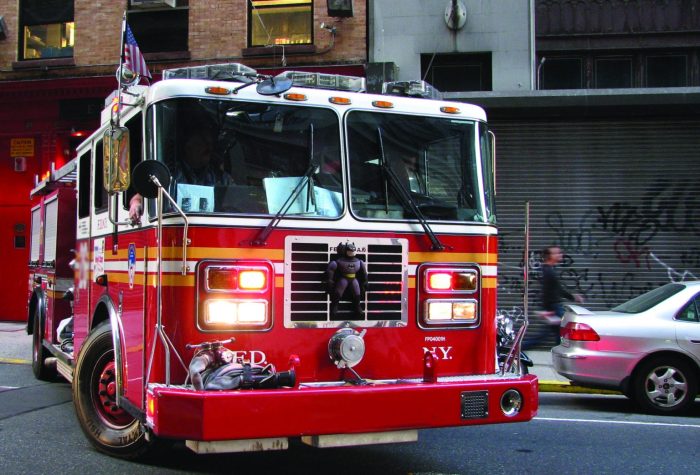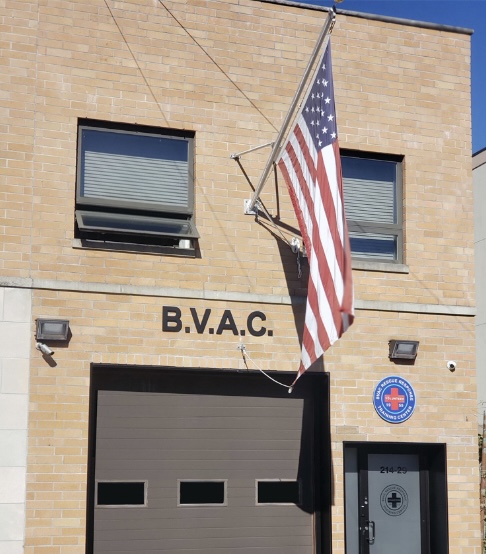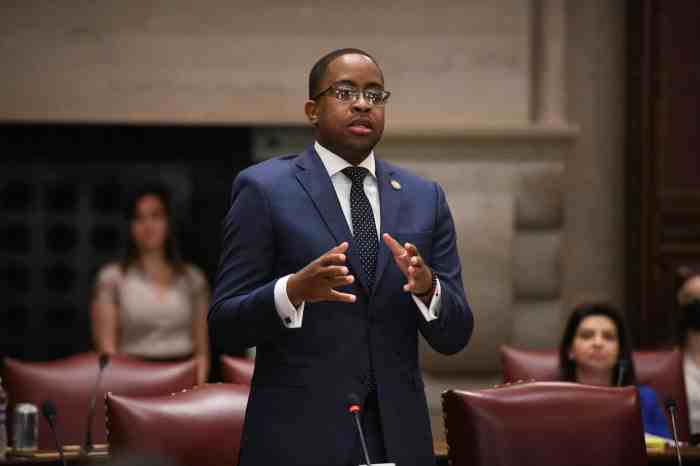By Betsy Scheinbart
St. John’s University unveiled its new plan for campus safety last Thursday in the aftermath of the campus shooting in March that left a St. John’s football star paralyzed and a teenager injured.
The Rev. Donald Harrington, St. John’s president, said the March 11 shooting of Cory Mitchell, 22, and Rashon Fray, 19, reflected a “problem with the society in which we live and the prevalence of guns in our society.”
The incident began as a fight between a friend of the shooting victims and a friend of the shooting suspect at an off-campus bar. The dispute continued near the campus dorms after the feuding groups came through the school’s Gate 1 on Utopia Parkway at 3 a.m., according to police.
The ease with which several non-students entered the campus showed that changes in campus access had to be made, said Raymond Kelly, director of the St. John’s Security Task Force.
“Our principal finding is that St. John’s University remains a safe campus in a safe neighborhood,” Kelly said. “The focus of our findings is on those areas where we believe enhancements can be made.”
Kelly, a former city police commissioner, was appointed by Harrington to head the task force a week after the shooting.
Kelly’s security recommendations included added lighting and emergency assistance booths on campus as well as restricting access to the campus, especially at night. He also suggested that school officials make an effort to communicate with students about their security concerns.
Mitchell, a linebacker on the Red Storm football team, was taking a semester off during his senior year and working as a bouncer at the off-campus bar where the fight started.
Mitchell was shot in the spine and paralyzed from the waist down. He is currently an outpatient at a rehabilitation center in Westchester, Harrington said.
The father of a baby boy, Mitchell was married last week, St. John’s officials said.
Fray, who is not a St. John’s student, was shot in the leg and is suing the university over the incident, said Jody Fisher, spokesman for the school.
Christopher Prince, 21, of Elmont, L.I. was arrested shortly after the shooting and pleaded not guilty July 10 to attempted murder, assault, criminal possession of a weapon and reckless endangerment.
Kelly and the other members of the task force made 29 security recommendations to the university, which will implement the measures. They focus on improving communication between students and staff, increasing lighting and security technology, and developing a clear plan for controlling campus access.
One element of the security recommendations involves identification by university staff of “high-risk” locations like off-campus bars where fights have occurred in the past. These “high- risk” locations will be identified for students in red notices, or fliers which are circulated and posted on campus.
In addition to increased lighting and emergency assistance stations, the major physical changes on campus will include the installation of security cameras, turnstile entrances at the residence halls and other locations and new metal in-ground teeth at the gates to deter attempts to bypass security.
Most of these changes will be in effect by the time classes start Sept. 5 and the rest will be completed by the end of September, Kelly said. Some changes involving the security officers are already in place.
“I firmly believe that with the fulfillment of these directives that a safe campus will be even safer,” Kelly said.
The one-time cost of implementing these new procedures will be $2.3 million, in addition to the school’s yearly-security budget of $5.8 million.
Although there is no way to know whether these procedures would have prevented the March 11 shooting, “they would have reduced the likelihood of this happening,” Kelly said.
Another major change will involved nighttime access to campus, which had been accessible through Gate 1 on Utopia Parkway.
Most nighttime traffic on campus is to the residential village on the other side of campus, near Gates 6 and 7. Thus Gate 7 at 168th Street and the Grand Central Parkway will become the nighttime access gate and Gate 6 will have a pedestrian turnstile that students can access with their ID cards.
On March 11, the feuding groups of students and non-students entered the campus at Gate 1 and drove to the residential village, where Mitchell and Fray were shot.
Mitchell is planning to return to school and finish his 18 remaining credits with a combination of part-time classes and an internship, St. John’s officials said.
Mitchell was well-known on campus not only as a football player but as a worker in the school’s executive offices, Harrington said.
Reach reporter Betsy Scheinbart by e-mail at Timesledger@aol.com or call 229-0300 Ext. 138.







